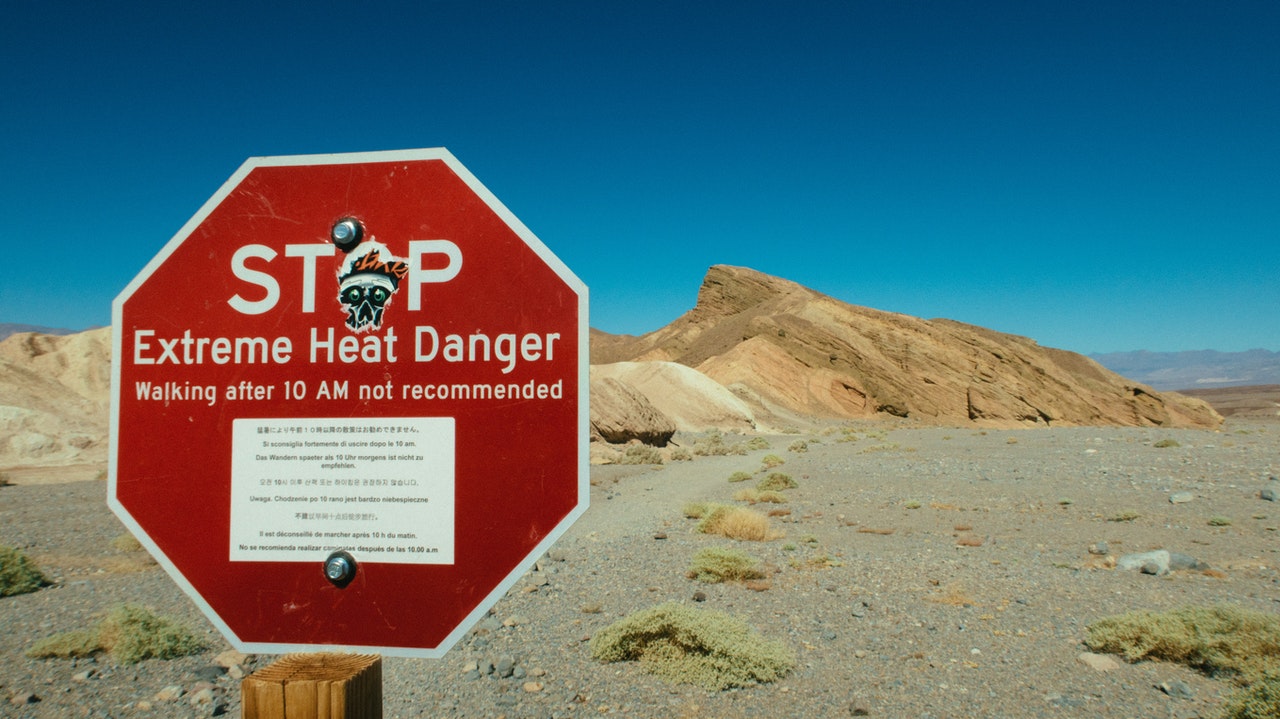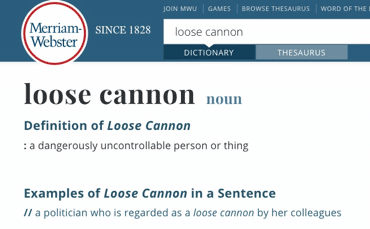When you run into a situation that threatens to disrupt operations, reputation, and your bottom line, a brand-new “To Do Now!” list snaps into existence with alarming speed. Over our decades of experience working with clients in nearly every industry, we’ve found a few steps to be most important in getting off to the right start.
Here are the 3 most important things to do when a crisis hits:
- Breathe. Yes there’s an urgent need for response, yes you have 300 different things to do, but it won’t help to panic. Trust in your plan, take a brief moment to gather yourself, and head into the fray with confidence. You should probably cancel any dinner reservations though…you’ll be here a while. If you don’t have a plan in place it’s likely the cost of your recovery could double. We’ve seen it happen more than once.

- Gather your team. Every organization should have a crisis team with the authority to make major decisions on short notice. You’ll want key representatives from groups like management, legal, PR, and any specific area experts called for, to give you a well-rounded view. It’s important that you can gather this team quickly, and while technology continues to make this easier every year you will need to account for the possibility of major events rendering even telephones temporarily unusable.
- Evaluate. What exactly are we looking at, and what level of response is warranted? While you don’t want to under-react, doing something like sending the CEO to appear live in response to a smaller localized issue can lead audiences to believe there’s a bigger problem than truly exists. Gauging this is easier said than done, though some basic crisis preparedness – things like defining what constitutes different levels of crises for your own organization – helps tremendously.
The most important thing to remember is that this knowledge, along with things like crisis planning, training, and prevention efforts need to be incorporated into daily practice. It’s not fun to think “What could go wrong?”, but it’s a lot better than spending time looking at lost profits and customers flocking to the competition.
[Jonathan Bernstein is president of Bernstein Crisis Management, Inc., an international crisis management consultancy, author of Manager’s Guide to Crisis Management and Keeping the Wolves at Bay – Media Training. Erik Bernstein is vice president for the firm, and also editor of its newsletter, Crisis Manager]
We love to connect with readers on LinkedIn! Connect with Jonathan | Connect with Erik








